Many people buy country housesor they are going to build them from an electric point of view not in completely well-maintained places. And then such a desired Electricitywith the fight you have to disintegrate 
There is another case when there is a network, but it is overloaded so much that the loads of another house the substation power will not lead. Here, most likely, you will have to count on 3 kilowatta and share them between the lighting of the house and small electrical devices that are necessary in the economy.
There is an output if there is a substation that belongs to the private person from your home. You can agree with him and connect the network from it. If there are already many users connected to this substation, and the stress at the "end" is still low, I advise you to think about the erection of your substation, or buy a gasoline single-phase generator.
Electricity to the house is supplied in two ways: it is cables or wires by air, or a cable from the trench. What is more profitable and better is the question of each house separately. And here not only the preferences of the owner and monetary capabilities, but also the terrain of the house are important. It is important where exactly and where enter electricity.
If this is a stone cottage located on a hillone, which is very never filled with water, and the country work on the ground is limited to a lawn haircut, then electric wires can be used in the ground. If the earth is swampy, with a low level of groundwater occurrence, and the country area is thoroughly loosen and plowing, it is better to "throw" electricity through the air.
If in cottages there are powerful electrical installations, Often choose the input of electricity to the house with a cable from a trench, located at a depth of at least 80 mm.
But in this version there is also their own minuses: if the substation is a few kilometers from your structure, the cable for the trench will be more expensive. When working on Earth, it may be accidentally damaged. If the Earth is much lazy at the depth of the wire run, then during deformation of earthy layers when the temperature changes and the wire itself may be damaged.




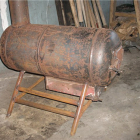
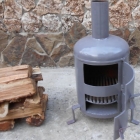

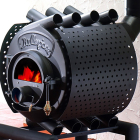


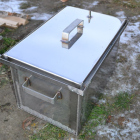

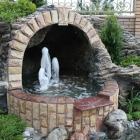
 Start a discussion ...
Start a discussion ...